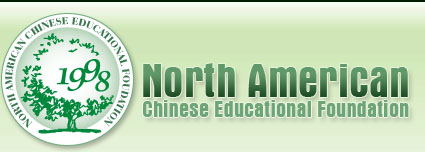In January of 1998, North American Chinese Educational Foundation (NACEF) along with Chinese Youth Development Foundation (CYDF) and Association of Chinese Students and Scholars at Stanford (ACSSS) launched the event: China Project Hope - Fund Raising in North America. CYDF's China Project Hope is the most influential public event in China in the 1990s.
In the past ten years, Project Hope, a name known by almost every household in China and by most overseas Chinese, has received donations totaling over USD200 million. The fund raised has supported over 2 million Chinese primary school dropouts to return to school and has built more than 7,000 hope schools in China.
The Project Hope - Fund Raising in North America '98 & '99 has been joined by Chinese student associations in 33 universities like Harvard, MIT, Columbia, UC Berkeley, CalTech, and Toronto, and by a couple of Chinese community organizations like North American Chinese Network and Southwest China Association as their co-organizers and cosponsors.
The objective of China Project Hope - Fund Raising in North America '98 & '99 is to motivate and unite organizations and individuals who are concerned about the educational development of China. This project seeks to sponsor the return to school of millions of children who were forced to drop out because of sheer poverty.
The first donor to the event is Professor Steve Chu, winner of the 1997 Nobel Prize for physics. Professor Chu made the donation after he heard of the event in early Jan. He said he would be happy to do something for the poor Chinese school dropouts. He urged more people to join our efforts.
The Fund Raising in North America has caught a great attention among public, so far the project have received funds which was used to support 2700 dropout backs to schools.







